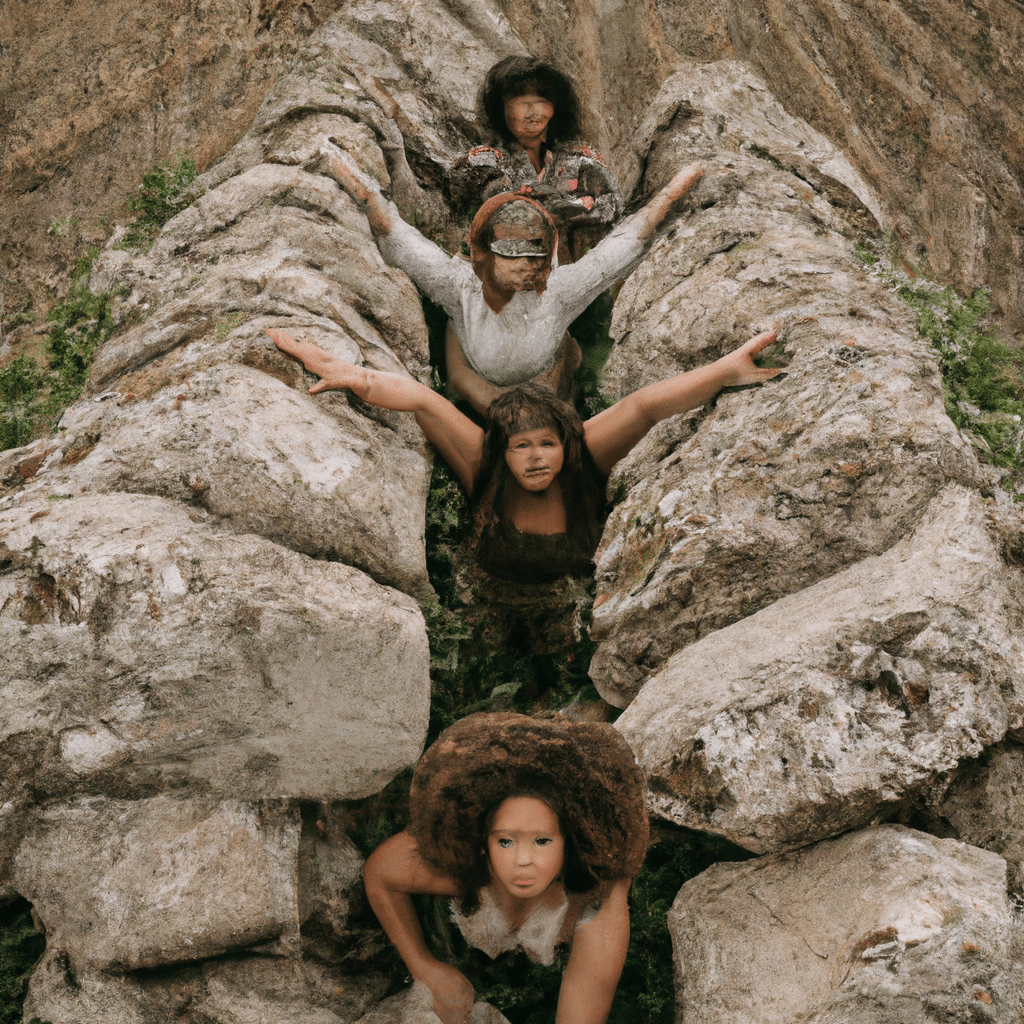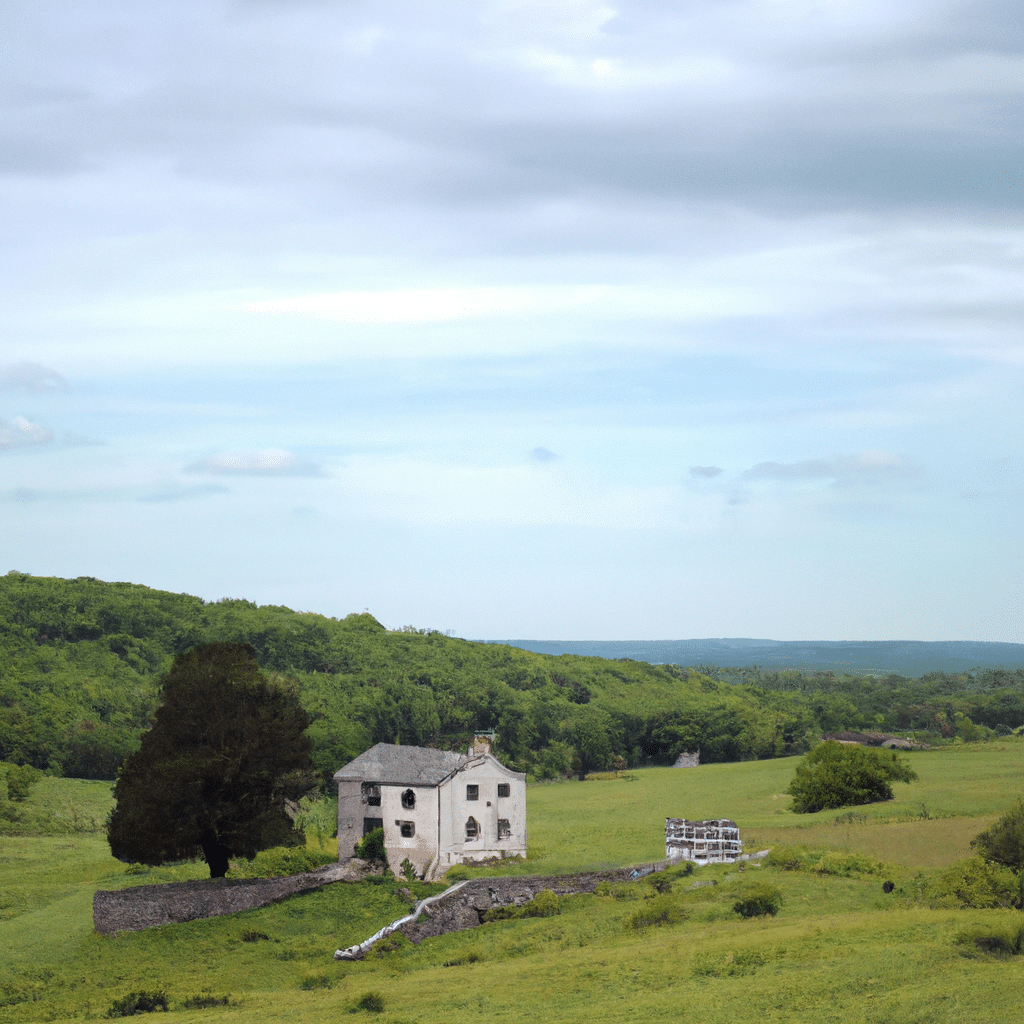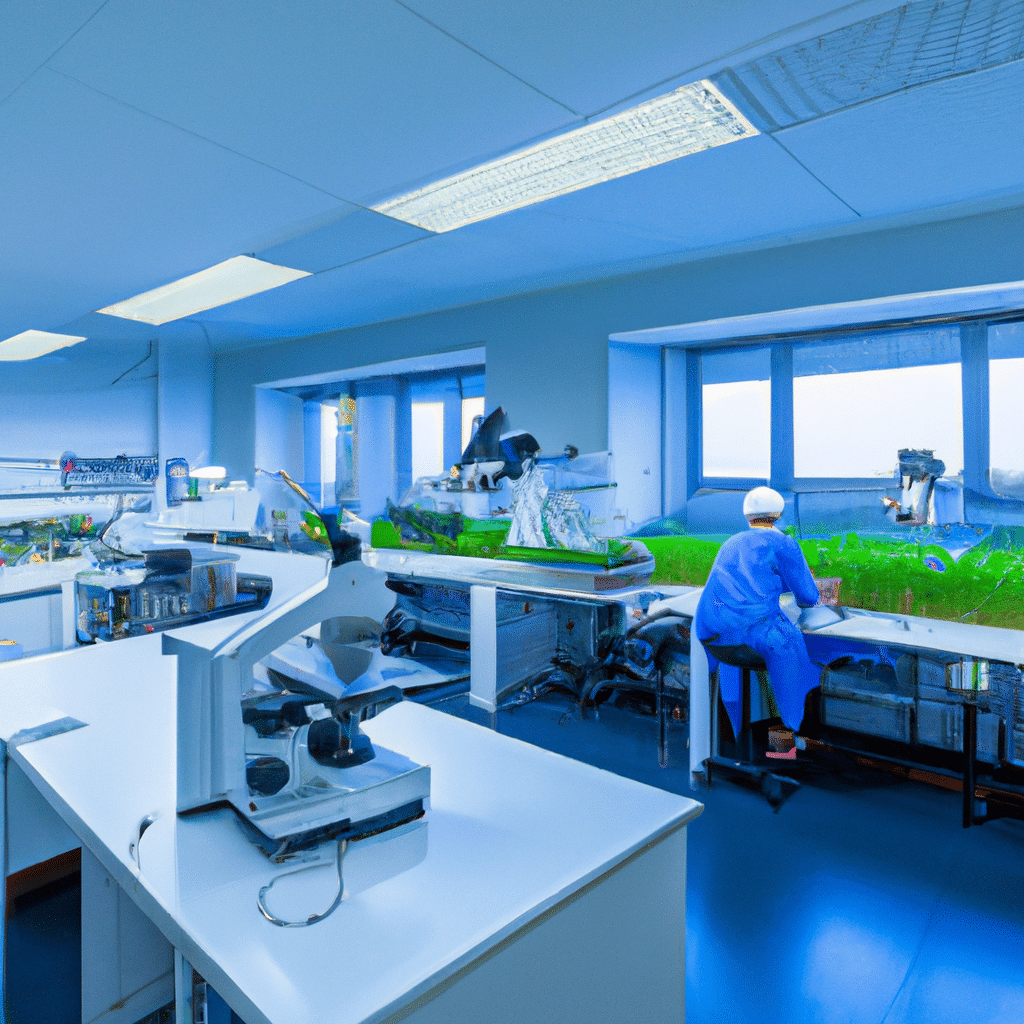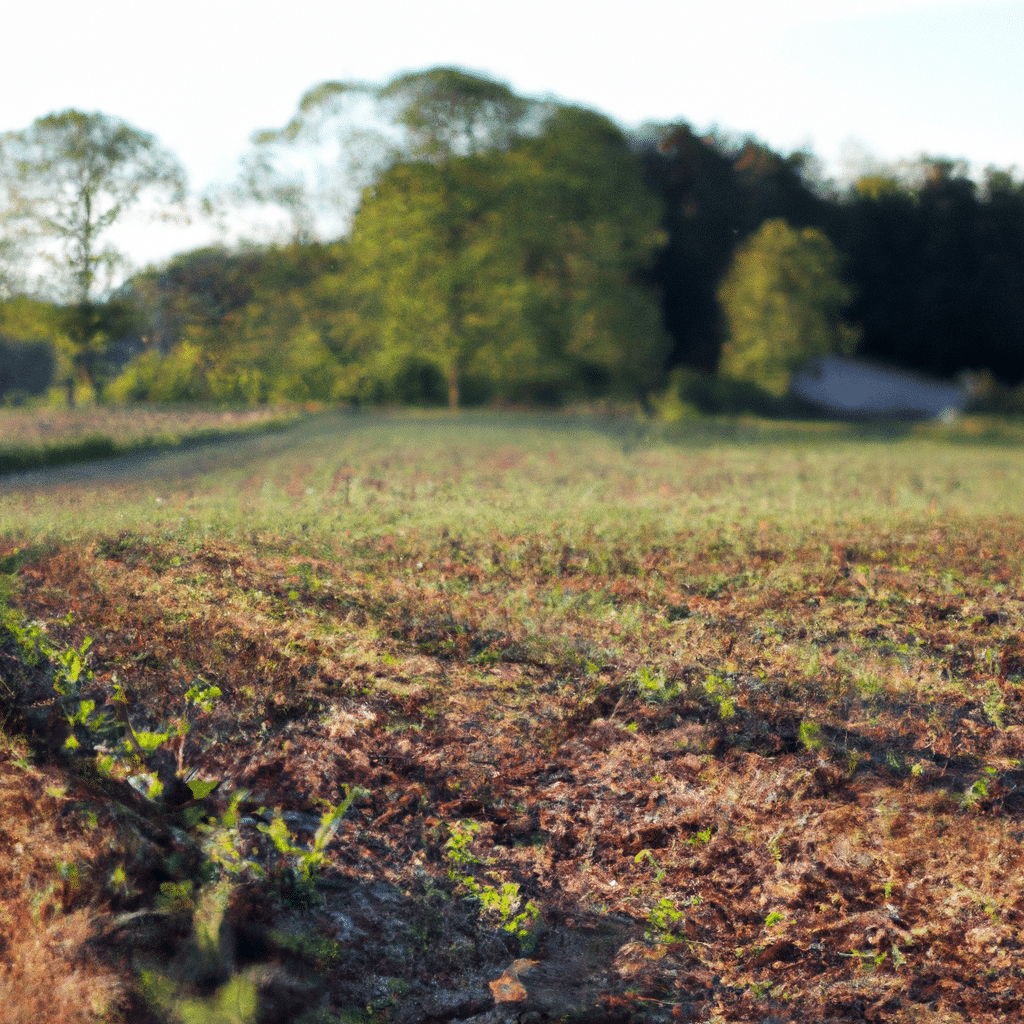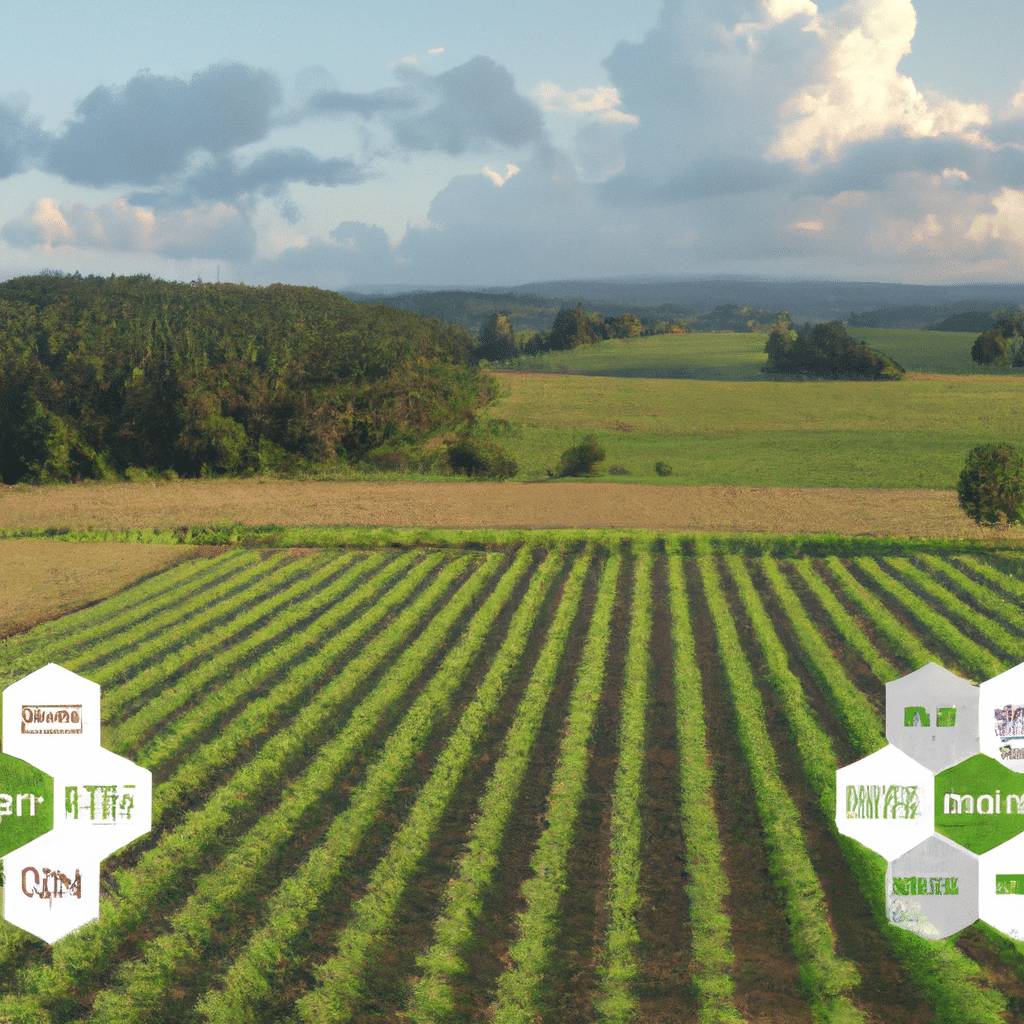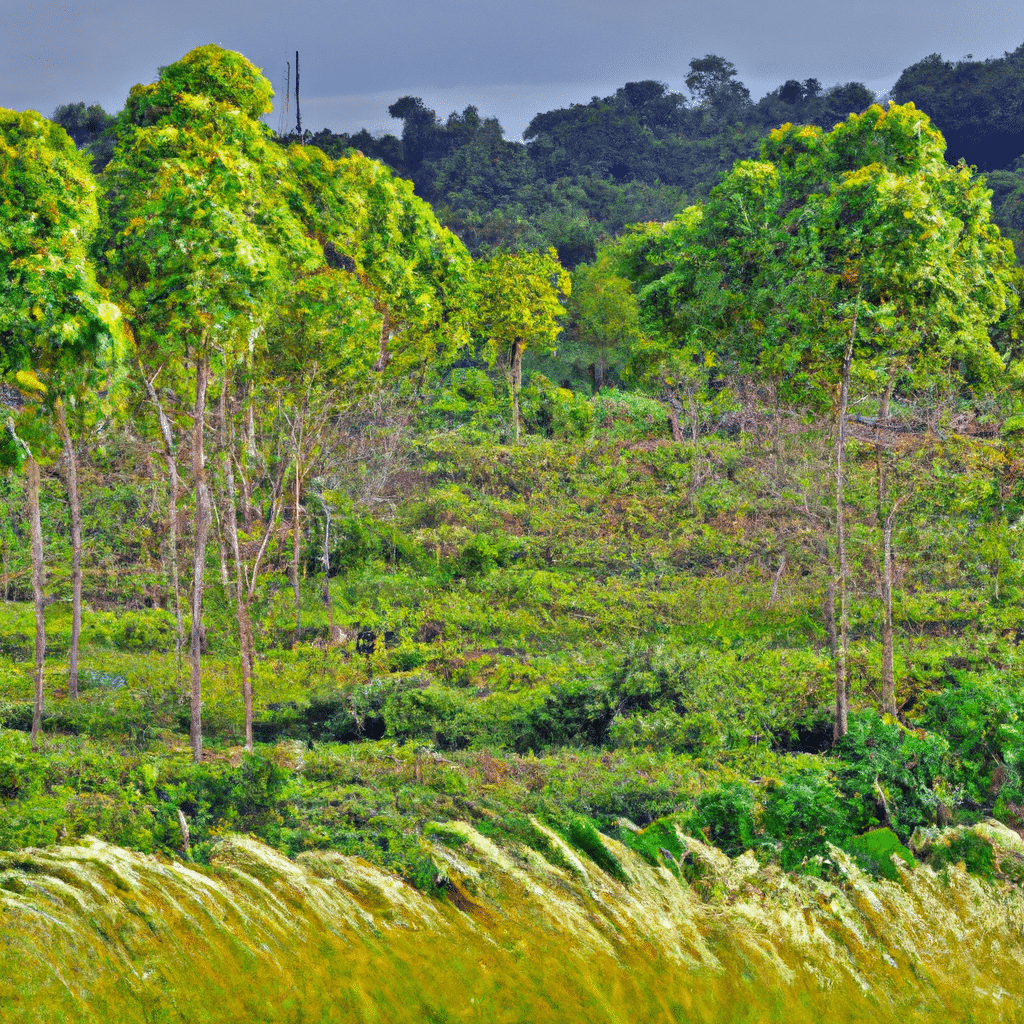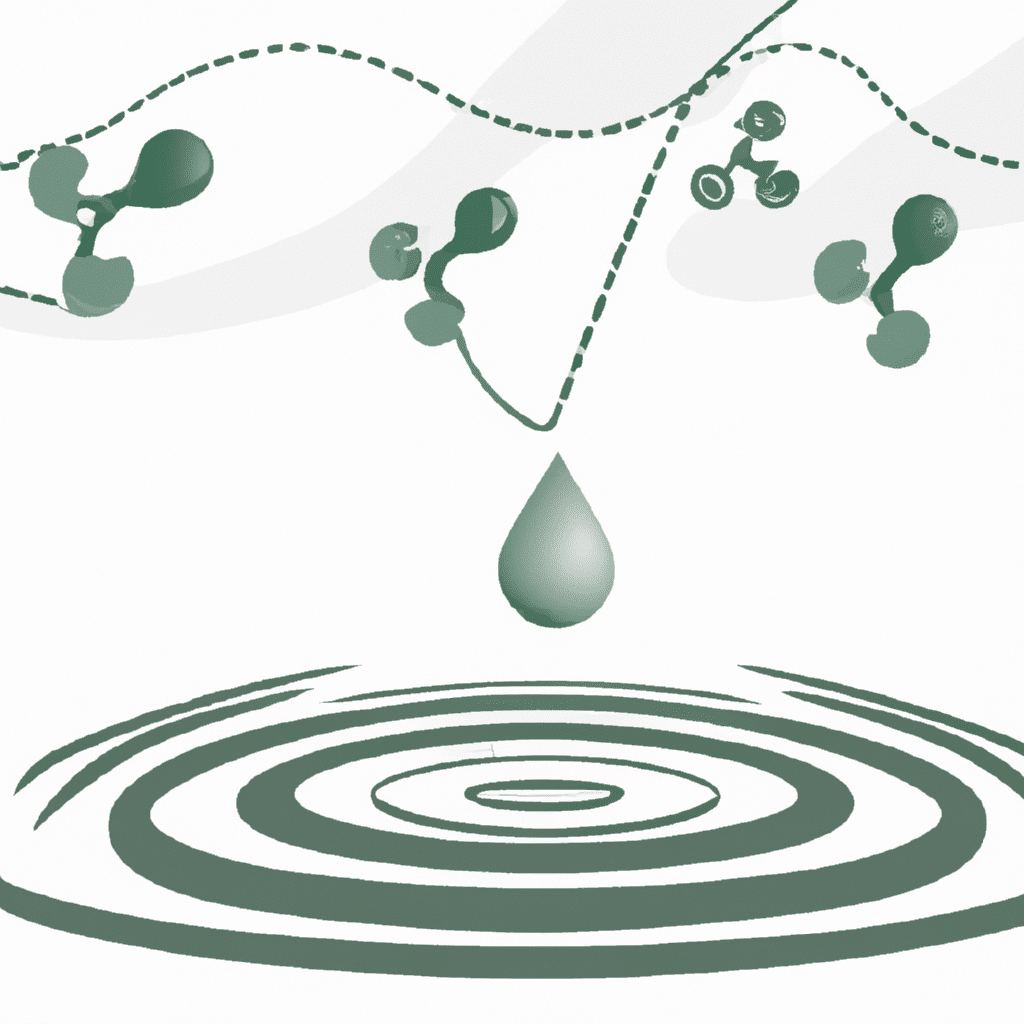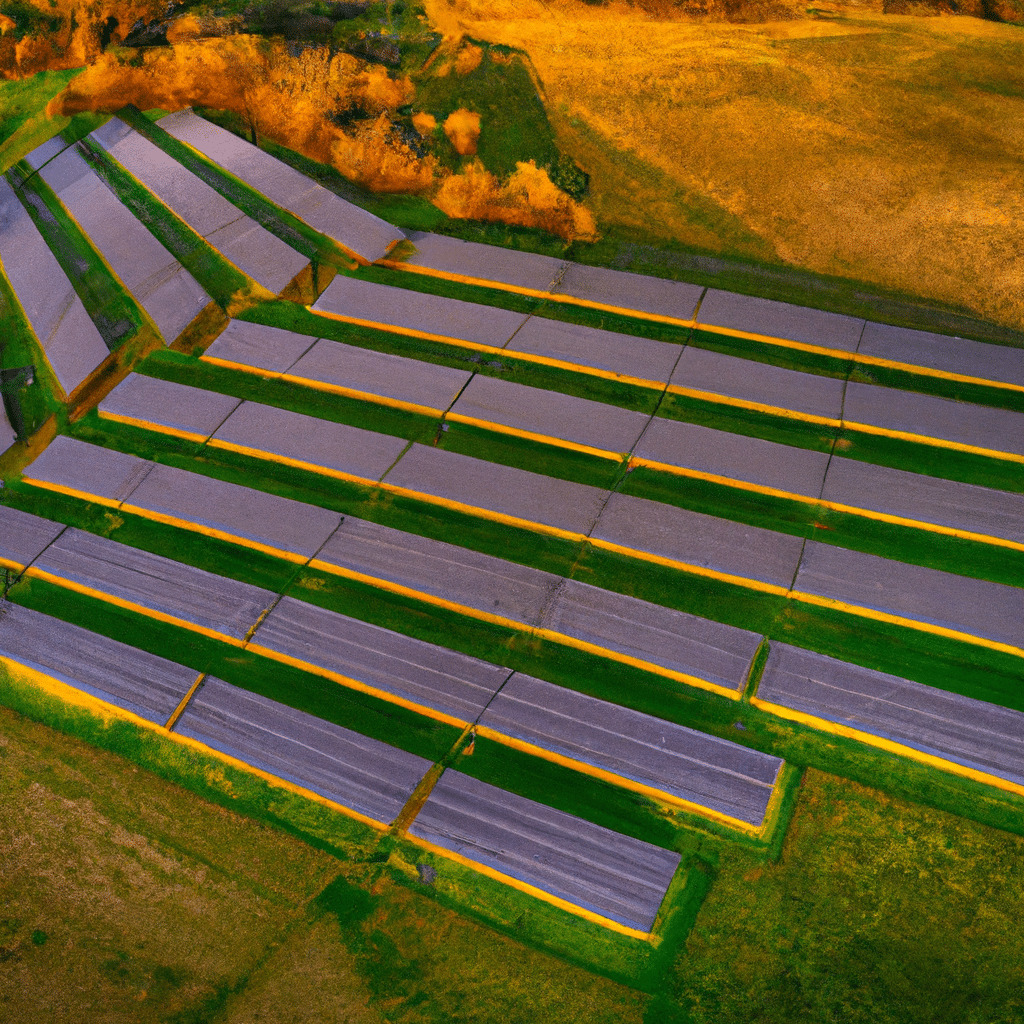In recent years, a remarkable trend has taken root in cities around the world. Urban agriculture, once seen as a mere novelty, has now grown into a thriving movement that is transforming the way we think about food production. As the world’s population continues to grow and our cities become more crowded, the need for sustainable and locally sourced food has never been more pressing. In this article, we will explore the rise of urban agriculture and its potential to revolutionize our food systems.
The Benefits of Urban Agriculture
Urban agriculture offers a multitude of benefits that extend beyond just providing fresh produce. One of the key advantages is its ability to reduce our carbon footprint. By growing food within the city limits, we can significantly cut down on transportation emissions associated with importing produce from distant farms. Additionally, urban farms often utilize innovative techniques such as vertical farming and hydroponics, which require less water and land compared to traditional agricultural methods.
Furthermore, urban agriculture has the potential to address issues of food security and access. Many urban neighborhoods are considered food deserts, lacking access to fresh and affordable produce. By establishing community gardens and rooftop farms in these areas, we can empower residents to grow their own food and improve their overall nutrition. This not only promotes self-sufficiency but also fosters a sense of community and strengthens social bonds.
The Rise of Rooftop Farming
One of the most exciting developments in urban agriculture is the rise of rooftop farming. As urban space becomes increasingly scarce, rooftops offer a unique opportunity to transform underutilized areas into productive farmland. Rooftop farms can be found on the tops of buildings, ranging from commercial complexes to residential apartments. These farms utilize a combination of raised beds, containers, and hydroponic systems to grow a wide variety of crops.
The benefits of rooftop farming are plentiful. Firstly, it maximizes the use of available space, making it an ideal solution for densely populated cities. Secondly, rooftop farms can help regulate urban temperatures by reducing the heat island effect caused by concrete and asphalt. They act as natural insulation, reducing energy consumption and the need for air conditioning. Lastly, rooftop farms can improve air quality by absorbing carbon dioxide and releasing oxygen, making cities greener and more sustainable.
Vertical Farming: Growing Up, Not Out
Another innovative approach to urban agriculture is vertical farming. This method involves growing crops in stacked layers, utilizing artificial lighting and hydroponic systems. By growing vertically, farmers can maximize their yield per square foot of land, reducing the need for large expanses of farmland. Vertical farms can be located inside buildings, repurposing abandoned warehouses or constructing purpose-built structures.
Vertical farming offers several advantages over traditional agriculture. Firstly, it eliminates the need for pesticides and herbicides, as the controlled environment minimizes the risk of pests and diseases. Secondly, it reduces water consumption by recycling and reusing water within the system. Lastly, vertical farming allows for year-round production, unaffected by seasonal changes or adverse weather conditions. This ensures a consistent supply of fresh produce, regardless of the external environment.
Community Gardens: Cultivating Connection
Community gardens have long been a staple of urban agriculture, fostering a sense of connection and social cohesion among residents. These shared spaces provide an opportunity for individuals to come together, learn about gardening, and grow their own food. Community gardens can be found in parks, vacant lots, or even on the grounds of schools and hospitals.
The benefits of community gardens extend beyond just the physical produce. They serve as educational tools, teaching people about the importance of sustainable agriculture and healthy eating. They also promote physical activity and mental well-being, offering a peaceful retreat from the hustle and bustle of city life. Additionally, community gardens often act as catalysts for social change, sparking conversations about food justice, environmental sustainability, and the importance of local food systems.
Overcoming Challenges: Land, Policy, and Funding
While the rise of urban agriculture is indeed promising, it is not without its challenges. One of the primary obstacles is the availability of land. As cities become more densely populated, finding suitable plots for farming can be a significant hurdle. However, creative solutions such as rooftop and vertical farming are helping to address this issue.
Another challenge lies in policy and regulations. Many cities have outdated zoning laws that do not adequately support urban agriculture. However, as the movement gains momentum, policymakers are starting to recognize the importance of supporting local food systems and are implementing changes to facilitate urban farming.
Lastly, funding is a critical factor in the success of urban agriculture initiatives. Establishing and maintaining urban farms requires financial resources, and securing funding can be a daunting task. However, with increased awareness and support from both the public and private sectors, funding opportunities are becoming more accessible.
Conclusion
The rise of urban agriculture represents a transformative shift in our approach to food production. By bringing farms to the concrete jungle, we can address pressing issues such as food security, sustainability, and community well-being. The benefits of urban agriculture are far-reaching, from reducing our carbon footprint to empowering individuals and strengthening social bonds.
As more cities embrace urban agriculture, the movement will continue to gain momentum. With innovative techniques such as rooftop and vertical farming, we can overcome the limitations of limited space and create a sustainable and resilient food system. By supporting urban agriculture initiatives, we not only improve the quality of our food but also foster a greener, healthier, and more inclusive urban environment. The future of agriculture is growing in our cities, and it’s time to embrace the rise of urban farming.

